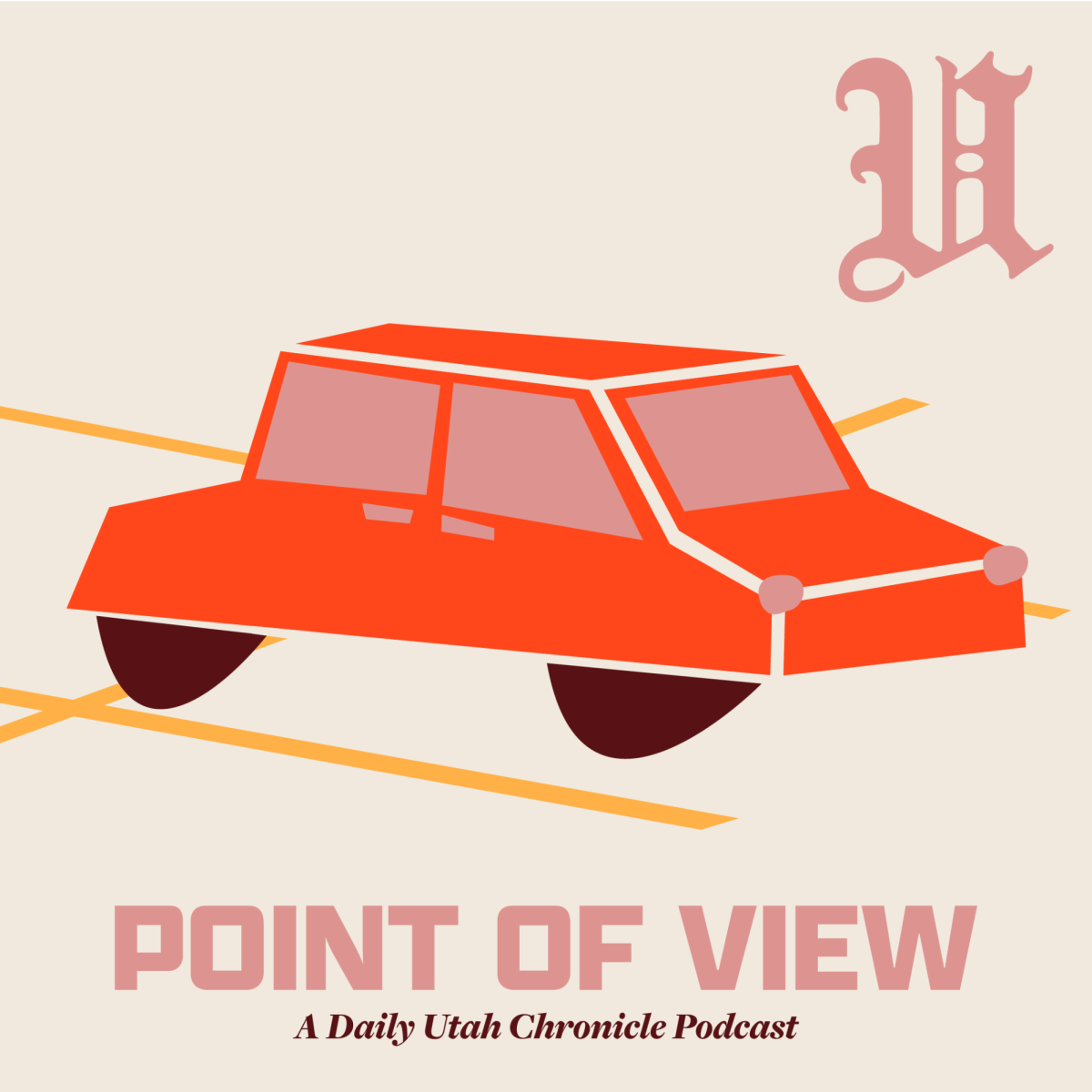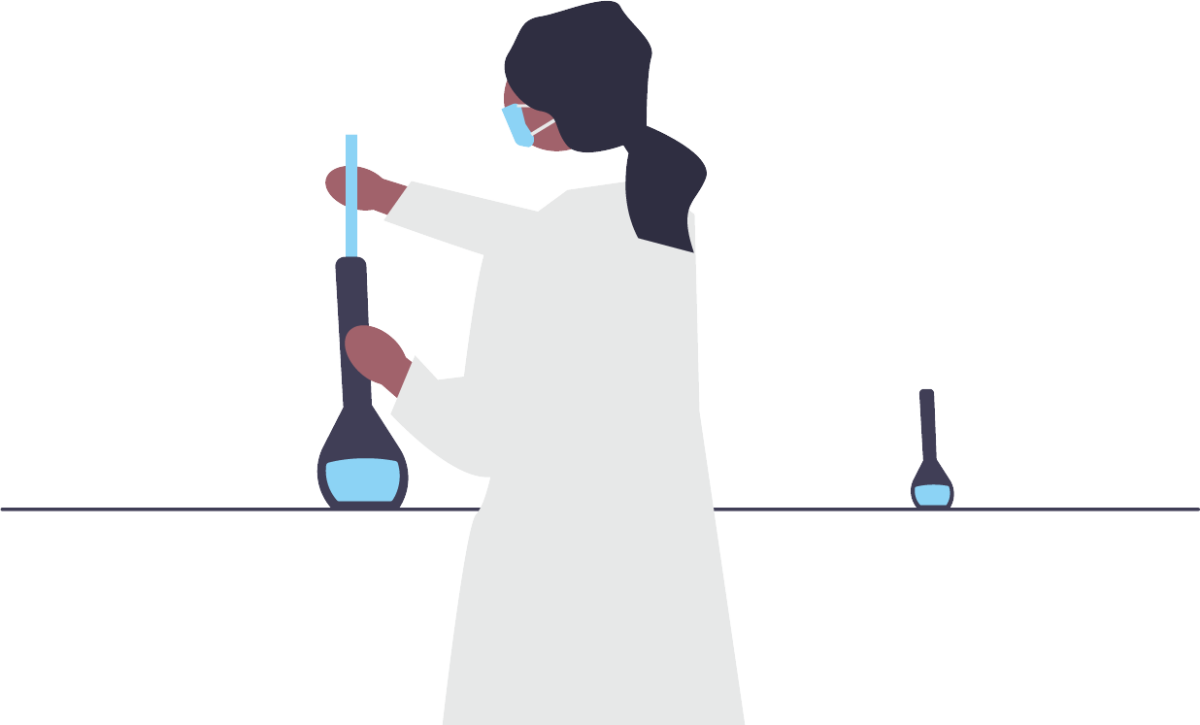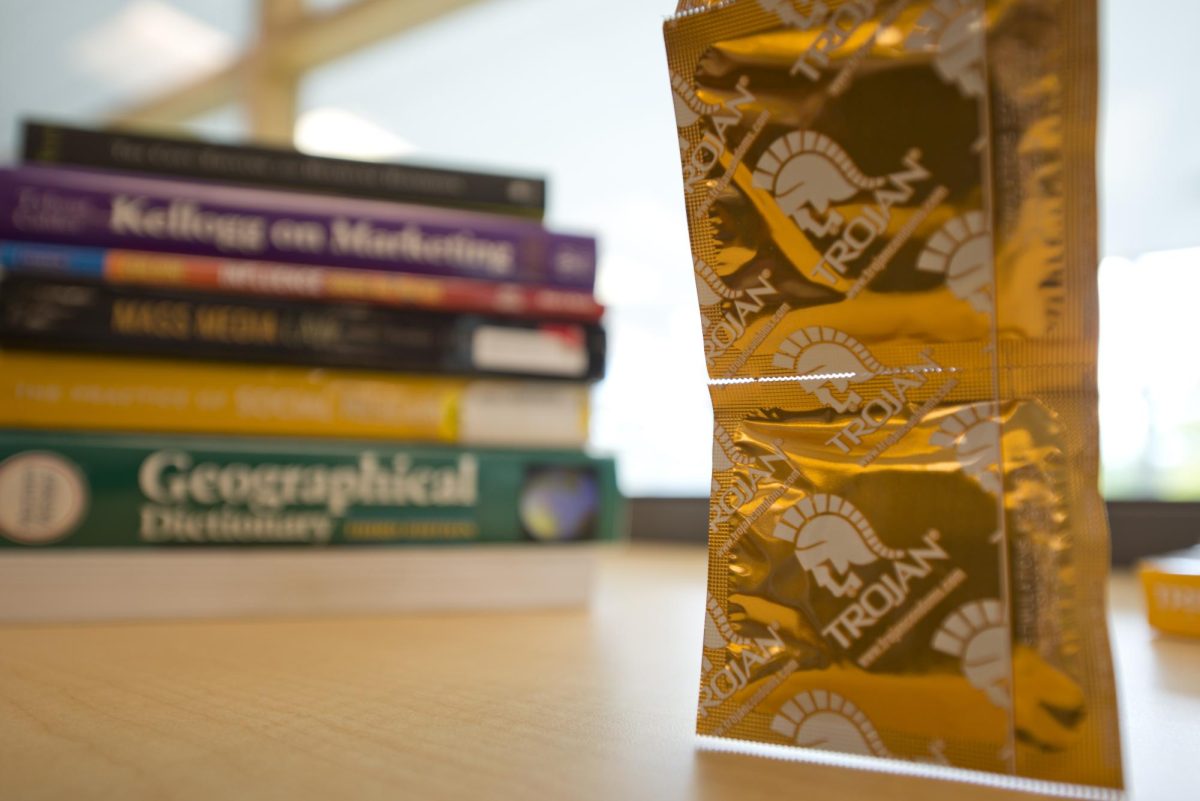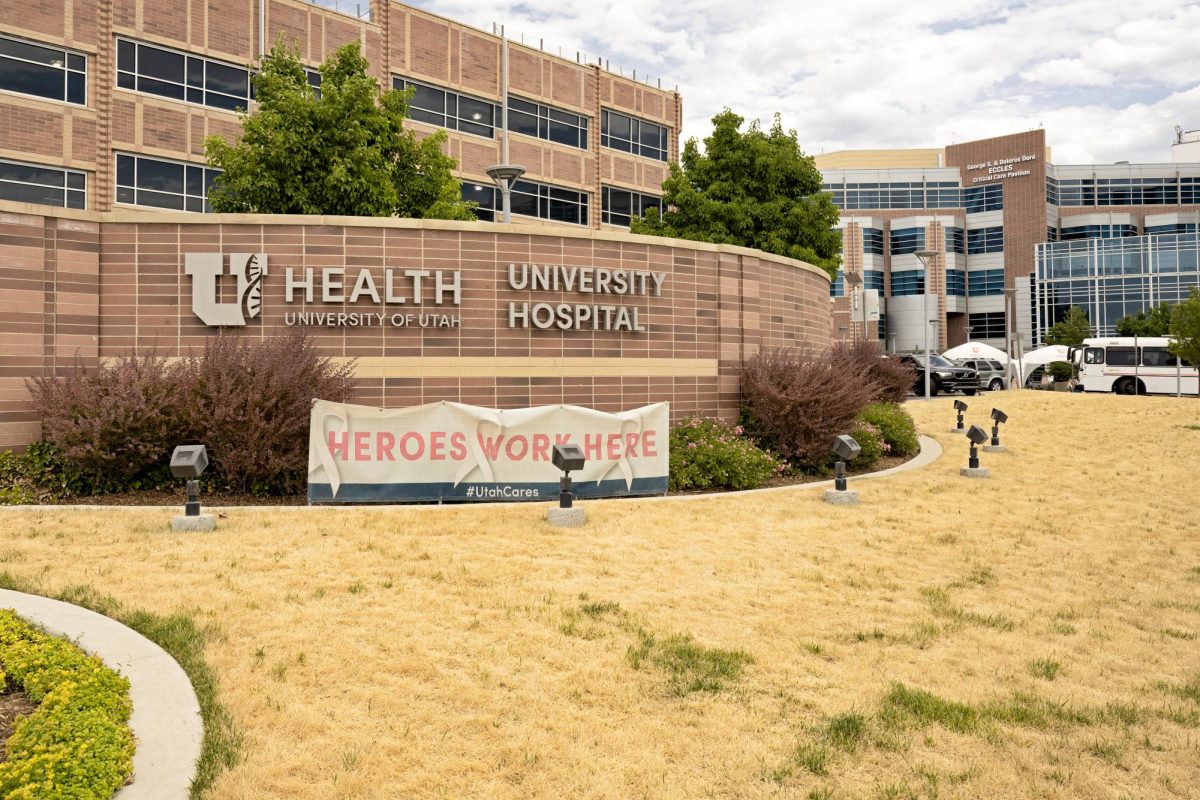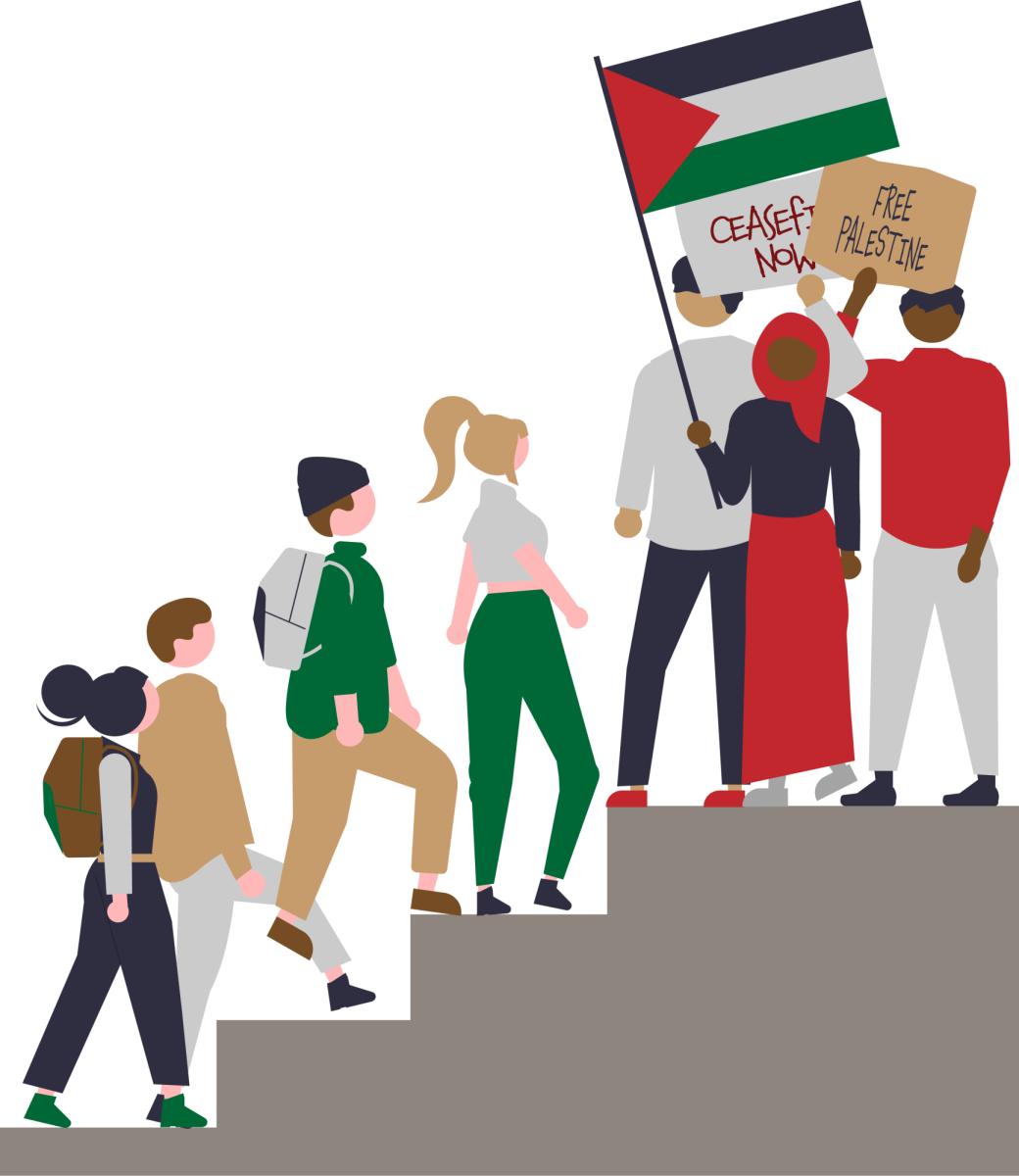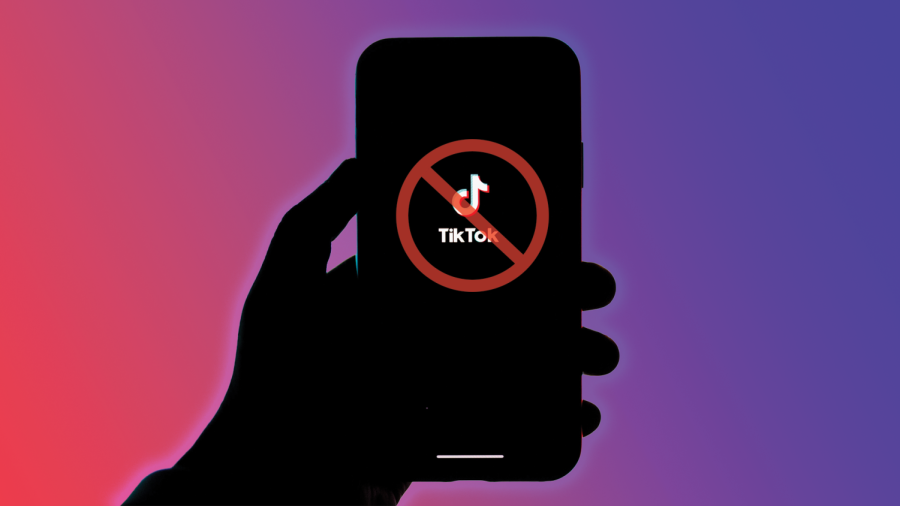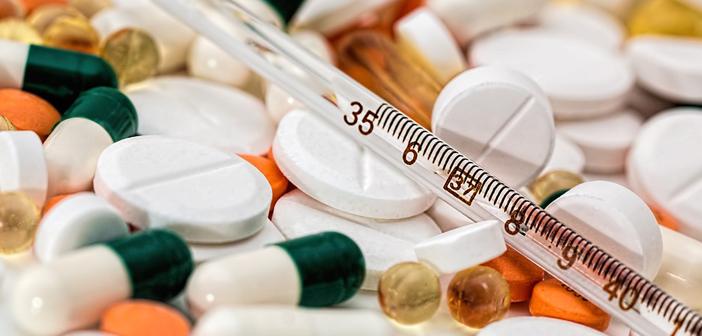By most metrics, Utah is a very healthy place. Among the 50 states, it is in the top 10 for life expectancy, has the 4th lowest rate of overall cancer incidence and the single lowest rate of cancer mortality. Utah also boasts the lowest smoking rate and the lowest rate of lung cancer in the country, both by a wide margin. Many attribute facts like these to the state’s large population of Mormons, who are instructed not to drink alcohol, smoke or drink tea or coffee.
More recently, however, Utah has been spotlighted for a much darker trend — the increasing rates of opioid addiction and overdose. The state’s per capita use of all opioids is high, but the usage and death rates related to oxycodone and hydrocodone, specifically — the so called “classic” opioid pain killers, as opposed to synthetic opioids or heroin— are really high; higher here than anywhere else, with the exception of West Virginia.
Put simply, what gives? How does one reconcile the clean living encouraged by the LDS Church, in which six in 10 Utah residents claim membership, with the rampant abuse of prescription pain drugs? Why are Utahns so much more capable of saying no to tobacco than they are of steering clear of OxyContin?
I believe that three main factors put Mormons at increased risk of becoming addicted to prescription paid medications.
First of all, a lot of Church members prefer to see moral issues in black and white and not in progressive shades of gray. This mindset works well when the goal is compete sobriety. Mormons are taught that even the first sip of alcohol should be avoided. Opioids are messier. Addicts often start on doctor prescribed medicine, given to assist in recovery from surgery or debilitating pain. This gives the drugs a “moral green light” not enjoyed by other harmful substances.
Glen Hanson, director of the Utah Addiction Center, put it this way, “They think that because it is legal, it is prescribed, and technically it should be controlled by a professional who should know what he or she is doing, they think that they’re watching out for the problem. So maybe they’re not as vigilant as they should be about what it is they’re putting into their own bodies and how it goes from being medicine and a medication to a drug of abuse that creates problems for them.” Drawing a line of when responsible adherence to a prescription transitions to misuse of a potentially lethal substance is, of course, difficult— decidedly gray.
Hanson’s comments also reference the 2nd risk factor: Mormons’ respect for authority. From an early age, Mormons are taught to always follow their prophet, to sustain their local church leaders, and to honor the law of the land. When it comes to the opioid epidemic, the Mormon emphasis on trusting authority figures is sometimes misplaced.
The pharmaceutical industry and irresponsible clinicians have both had significant roles to play in the rise of opioid abuse. Purdue Pharma led the pain killer revolution of the late 90’s in which opioids were described as miracle drugs with little risk of addiction or other side effects. The number of filled opioid prescriptions skyrocketed as a result of Purdue Pharma’s OxyContin marketing campaigns. In 2007, Purdue Pharma was charged with misbranding its drug and misleading the public about the risk of addiction. Three executives pleaded guilty and Purdue Pharma agreed to pay the U.S. government $635 million as part of a settlement agreement.
Some clinicians, on the other hand, have set up “pill mills” that distribute fraudulent opioid prescriptions for a fee. Simmon Lee Wilcox was one such doctor, operating out of St. George. Over the course of three years, Wilcox wrote 618 illegal opioid prescriptions for a total of 74,000 pills. He was convicted in January of last year. U.S. Attorney John Huber had this to say about Wilcox: “Although cloaked in the admirable jacket of a doctor, he is no better than a dealer of heroin on the street corner.”
The third factor is Mormons’ image of innocence that makes clinicians less cautious about prescribing them addictive medications. As the opioid death toll has continued to rise, doctors have started receiving more training about identifying patients who might be drug seekers or more susceptible to habit forming drugs.
Unfortunately, the prototypical LDS family in Utah sets off few alarms. Many are white, middle class, have lots of kids, and take a strong moral stance against alcohol, coffee, tea and sometimes even caffeinated soda. That doesn’t exactly sound like the description of a drug addict.
A reduced index of suspicion on the part of the clinician can lead to prescribing opioids to an innocent appearing LDS woman as first or second line treatment that a doctor might reserve for emergency circumstances for someone else. Doctors might also be less concerned about regularly checking in or scheduling pill counts, leading them to write longer prescriptions for Mormon patients. This is important, because the longer a person takes opioids, the more risk they run of developing an addiction. Studies have shown that every day matters.
For its part, the LDS Church is aware of the opioid problem faced by many of its members and has started to speak out. Elder M. Russell Ballard, one of the Church’s 12 Apostles, spoke on the issue in a recent General Conference address: “I am grateful for doctors who are trained to prescribe proper medications to relieve pain and suffering. Unfortunately, too many in our communities today, including some of our own members, become addicted to and then abuse prescription medications.”
LDS leaders should continue to raise awareness about this important issue. Mormons need to recognize that they are not immune to the addictive nature of opioids and in some ways might actually be at increased risk. Speaking openly and honestly about Utah’s abnormally high rates of overdose will encourage Mormons to think critically about the dangers of prescription pain medications, to take personal responsibility for their health and to rightfully consider opioids as on par—both physically and morally — with other addictive drugs that the LDS church shuns.







